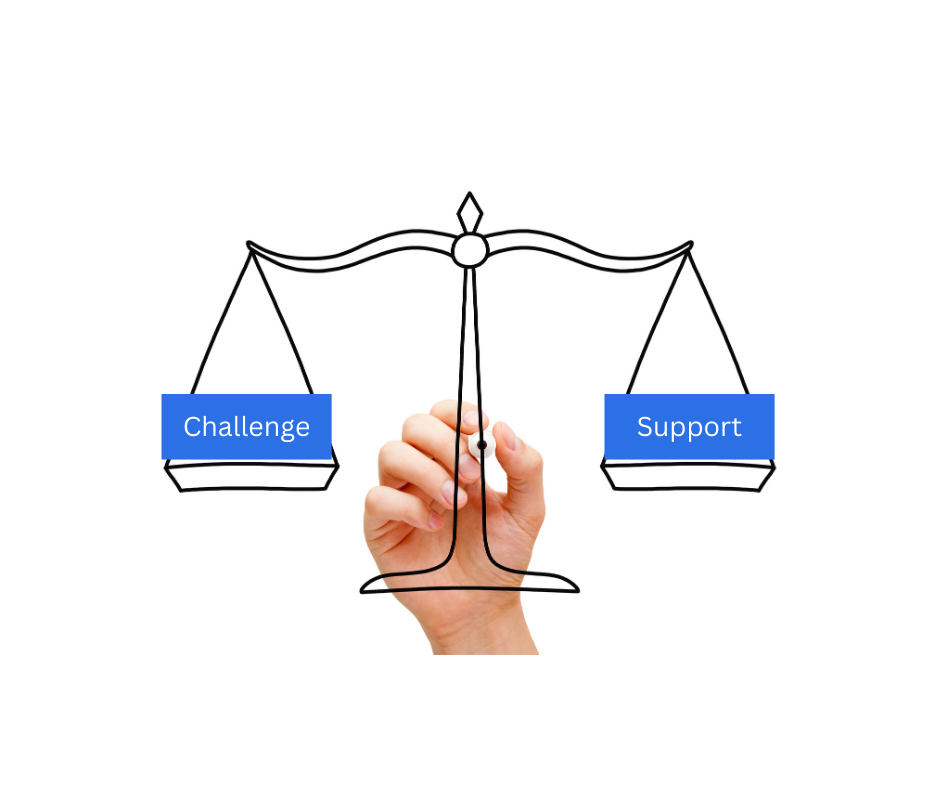Designing Better Teacher Training
Motivation plays a crucial role in job performance, and it is no different when it comes to teacher training. In this third part of our series on designing better teacher training, we will take a look at the characteristics of motivation and how training design can foster and enhance motivation to drive performance. By understanding the different types of motivation, recognizing motivation-related performance problems, and implementing strategies to promote motivation, training designers can create engaging and impactful learning experiences for teachers.
Defining the Characteristics of Motivation
Motivation is the driving force that initiates, directs, and sustains behavior towards achieving a goal. In the context of teacher training, there are two types of motivation to consider: the motivation to learn and the motivation to do. The motivation to learn refers to the desire and willingness to acquire new knowledge, skills, and strategies. On the other hand, the motivation to do relates to the application and implementation of what has been learned in the classroom once the door is closed.

Identifying Motivation as a Performance Problem
For teacher trainers and school leaders, it’s important to identify when motivation is the reason behind lack of engagement in learning and lack of effort in implementing identified goals for teacher performance.
One reliable indicator of a motivation problem is when individual teachers present excuses or reasons for not implementing new strategies or changing old habits. Think of the teacher who says something like “I know, but…” These excuses serve as barriers that prevent individuals from taking action and making the necessary changes. It could be a sign that they lack the internal motivation or drive to overcome obstacles and embrace new approaches—a motivation problem.
Another indicator that there could be a motivation problem is the lack of feedback and lack of negative consequences for failure to implement identified goals. When teachers do not receive clear feedback on their performance, positive or negative, it’s a clear signal to teachers that the identified goal is not really that important to school leadership. It creates the perception of a lack of accountability. Without these external factors, the motivation to change or improve may diminish for some teachers.
Of course, there are many other indicators that can indicate a motivation gap. Given the importance of motivation in successful implementation of any development goal for teachers, it’s a topic worth studying for teacher trainers and school leaders alike. Being able to identify indicators of motivation problems is essential to effectively addressing specific issues and for designing effective training solutions.
4 Strategies to Foster Motivation through Training Design
To foster motivation in teacher training, it is crucial to design learning experiences that address the learners’ needs and motivations.
#1 Emphasize the Relevance and Utility of New Learning
Training designers should clearly articulate why learning something new is valuable and beneficial to the teachers’ professional growth. Demonstrating the practical applications and real-world impact of new knowledge and skills can increase motivation and engagement. When learners understand the direct benefits, they are more likely to be motivated to learn and implement new strategies in their classrooms.

#2 Balance Challenge and Support
Motivation can be hindered when learners perceive a task as too difficult or overwhelming. It is important to strike a balance between challenge and support in training design. Breaking down complex concepts into manageable steps, providing scaffolding and resources, and offering opportunities for guided practice can boost learners’ confidence and motivation. By gradually increasing the level of difficulty and providing support along the way, trainers can help learners build their skills and feel motivated to take on new challenges.
#3 Build Confidence through Practice
Lack of motivation may often stem from a lack of confidence in one’s own abilities. Providing ample opportunities for practice and feedback can help learners build their confidence. Engaging in deliberate practice, where learners can apply newly acquired skills in authentic contexts, allows them to experience success and increases their motivation to perform. As trainers, it is essential to create a supportive environment that encourages risk-taking, celebrates progress, and provides constructive feedback.

#4 Harness the Power of Influencers
Influential individuals within the school community can play a significant role in influencing others’ levels of motivation. Training designers can leverage the power of opinion leaders by involving them in the training process. Opinion leaders can serve as role models, sharing their experiences and success stories, and inspiring others to embrace change and adopt new strategies. Personally but privately asking for their help can elevate their sense of importance within the school community and can often get them onboard with pushing for desired changes. Their influence and endorsement can help create a culture of motivation and continuous improvement within the school.

It is important to remember that change is a process and doesn’t come from a one-time training event, so it’s important to address lack of motivation when it prevents a barrier to teacher growth and development. Building and sustaining motivation in training requires ongoing effort and support, while all the time acknowledging that the road to success can be long. As long as learners are ‘on the bus’ and moving forward, even if progress is incremental, it signifies positive movement toward achieving performance goals.
Interested in professional development that accounts for motivation? Click here to join us!

